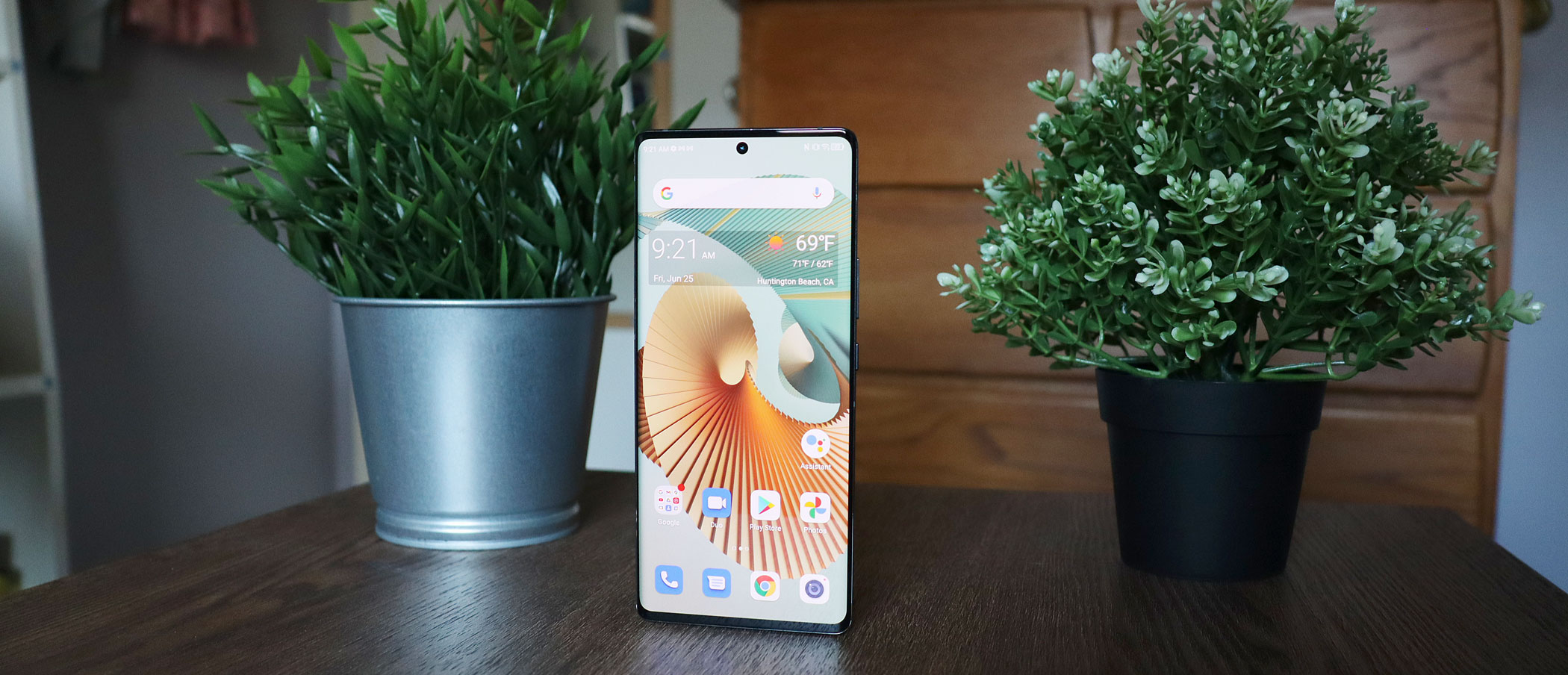TechRadar Verdict
The ZTE Axon 30 Ultra 5G is a high-specced phone with a great display, a good array of cameras, fantastic zoom photography capability, and a blindingly fast battery charging rate. The software still needs some refining, but the phone is a great choice for those seeking a flagship device who may not want to pay the highest price for a flagship.
Pros
- +
Great specs
- +
Good telephoto camera
- +
Fantastic display and speakers
Cons
- -
Unrefined software
- -
Uncomfortable when gripped one-handed
- -
Lacks under-display camera
Why you can trust TechRadar
Two-minute review
The ZTE Axon 30 Ultra 5G is a quality smartphone that goes for top specs rather than novel features. While its cameras are a top feature, its software is a bit unrefined, leading the phone to feel less polished than the best phones on the market.
The Axon 30 Ultra 5G follows the ZTE Axon 20 5G, which was the first phone to pack an under-display front-facing camera. It was a large smartphone with its 6.92-inch display.
The ZTE Axon 30 5G Ultra went back to a simple punch-hole for its selfie camera as well as a more modest (but still large) 6.67-inch screen; two choices that push the design closer to that of mainstream phones. Still, its display’s 144Hz refresh rate is the best on the market.
The ZTE Axon 30 5G Ultra may not have the novel features introduced by its predecessor, but it packs top specs and cameras that rival the best Android phones on the market. Chief of these is the leading Qualcomm Snapdragon 888 chipset paired with 8GB, 12GB or 16GB of RAM, and 128GB to 1TB of storage – specs matching those in phones like the Samsung Galaxy S21 Ultra.
The ZTE Axon 30 5G’s cameras are also top-notch, with a quad rear camera featuring a 64MP main shooter and 8MP periscope telephoto lens capable of 5x optical zoom and impressive 60x digital. While that maximum zoom doesn’t produce as refined photos as the 50x digital ‘Space Zoom’ in the S21 Ultra, it’s still a far superior telephoto experience than most phones have.
That makes it more disappointing that the software isn’t quite comparable to the polish of that on other Android phones. The camera app was finicky, occasionally opening to a fully black screen, while other apps occasionally crashed. Otherwise, the MyOS overlay had some appealing tweaks to Android that made controls larger and more accessible, which we preferred.
And while its design – the back and front glass both curve into a narrow metal side – looks a lot better than it feels to hold, the phone is undeniably pretty and more stylistic than its ‘black rectangle’ contemporaries. The camera block is undeniably huge, and is so noticeably thick that the phone wobbles when placed on a flat surface, but its aesthetic flourishes make it far from an eyesore.
Sign up for breaking news, reviews, opinion, top tech deals, and more.
That physical aesthetic contrasts wildly with the MyOS UI overlay, which has boxier icons and older aesthetics than Android skins on other phones, let alone stock Android 11. But it does have all the modern bells and whistles that come with the latest version of Android.
All in all, the ZTE Axon 30 5G looks and operates like a flagship, albeit one with some shortcomings in its interface. At its price point, though, it’s a solid Android phone with a lot to offer.
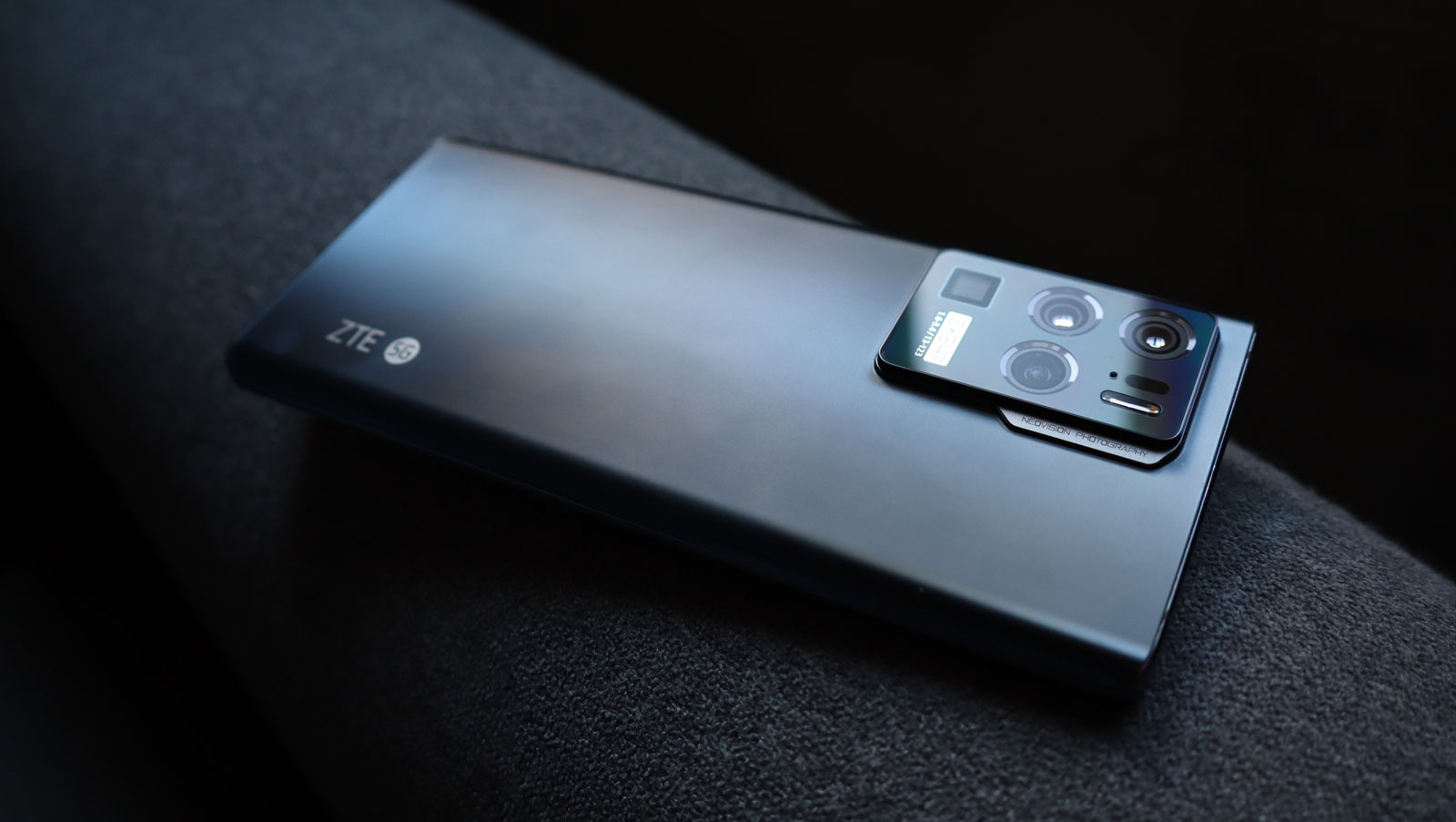
ZTE Axon 30 Ultra 5G price and release date
The ZTE Axon 30 Ultra 5G went on sale on June 4, 2021, in the US, with a later release planned for Canada, Europe, Japan, and other countries, though ZTE wasn’t clear when it would be available in these other regions. We don’t yet know if the phone will be available in the UK or Australia.
The ZTE Axon 30 Ultra 5G retails for $749 / £649 (around AU$965) for the 8GB RAM and 128GB storage configuration, and up to $849 USD, £739 GBP (around AU$1,095) for the 12GB RAM and 256GB configuration. That’s more than the ZTE Axon 30 Pro 5G, which reportedly retailed for €400 (around $485 / £345 / AU$630).
The ZTE Axon 30 Ultra 5G comes in traditional black and white hues, as well as a light blue and light brown.
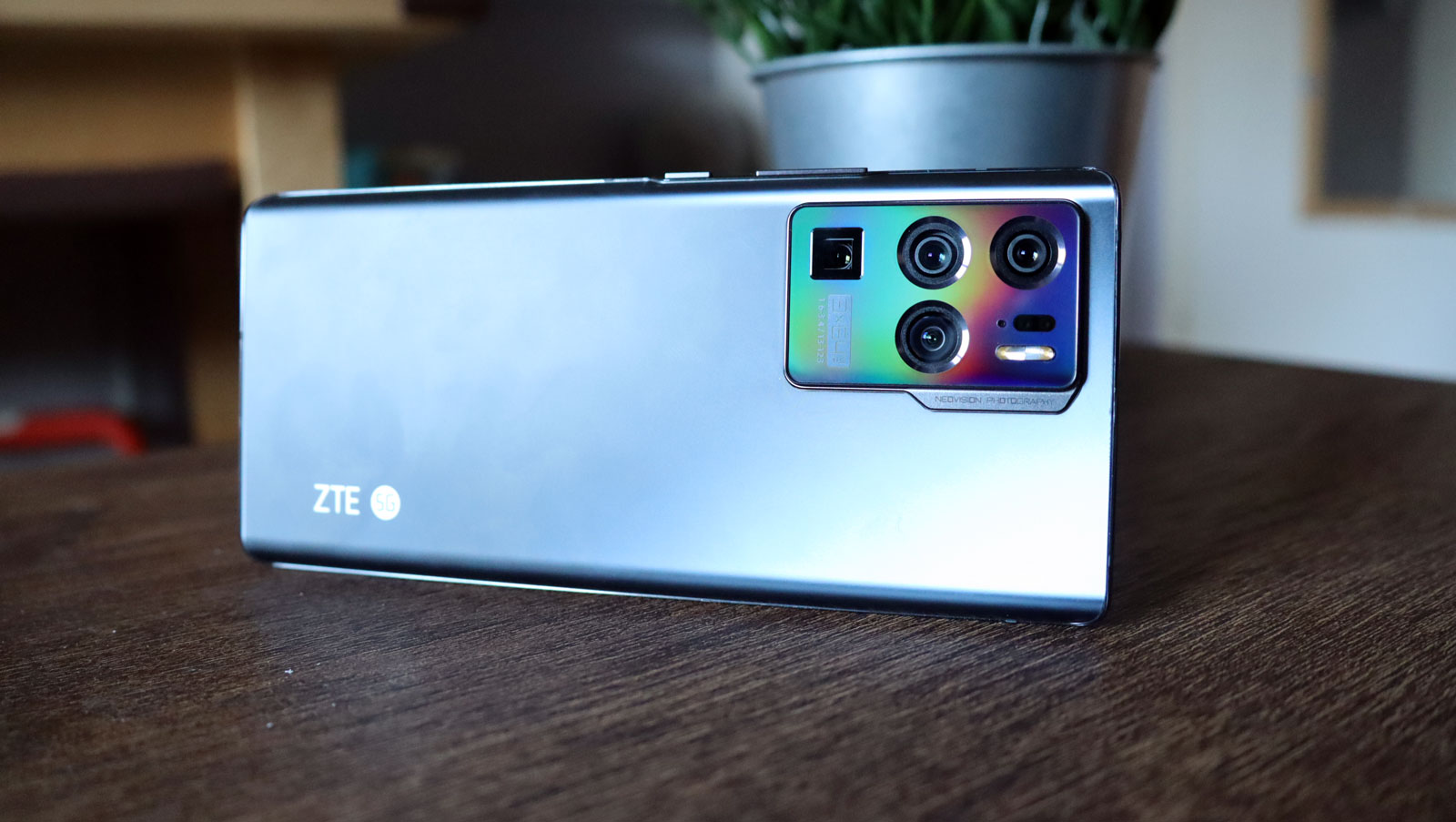
Design
The ZTE Axon 30 Ultra 5G looks plenty sleek, despite its massive camera block. That’s its most defining feature, but the handset has more refined touches that make it look even more premium than other flagship phones.
For instance, the Axon 30 Ultra’s front glass has waterfall curves, which isn’t too uncommon in high-end phones – but much rarer, the Axon 30 Ultra’s rear glass is curved too.
Curved glass on front and back means the chromed metal sides between them are very thin. It looks premium but is too minimal to get a good grip on. Thus it’s awkward, and even a bit unpleasant, to hold one-handed. The buttons – a textured lock button and a volume button rocker – are necessarily thin to fit in these sides.
Those thin sides curve seamlessly into the top and bottom, which are attractively chromed. The top has a single microphone, while the bottom has a central USB-C port, speaker on the right, and SIM slot on the left. There’s another speaker near the earpiece on the top of the display, and both combined produce a very even (and evenly-distributed) sound, which is great for watching media on the go.
The glass back of the phone has a frosted finish, but it’s the camera block that will draw eyes – a massive rectangle on the top left corner. There’s three standard circular lenses, a flash and a LiDar sensor, plus a squared periscope lens on the bottom. This gives the camera block a bit of a hodgepodge look, but the chromatic finish on the surface between the lenses contrasts nicely with the non-reflective frosted glass of the phone’s back cover.
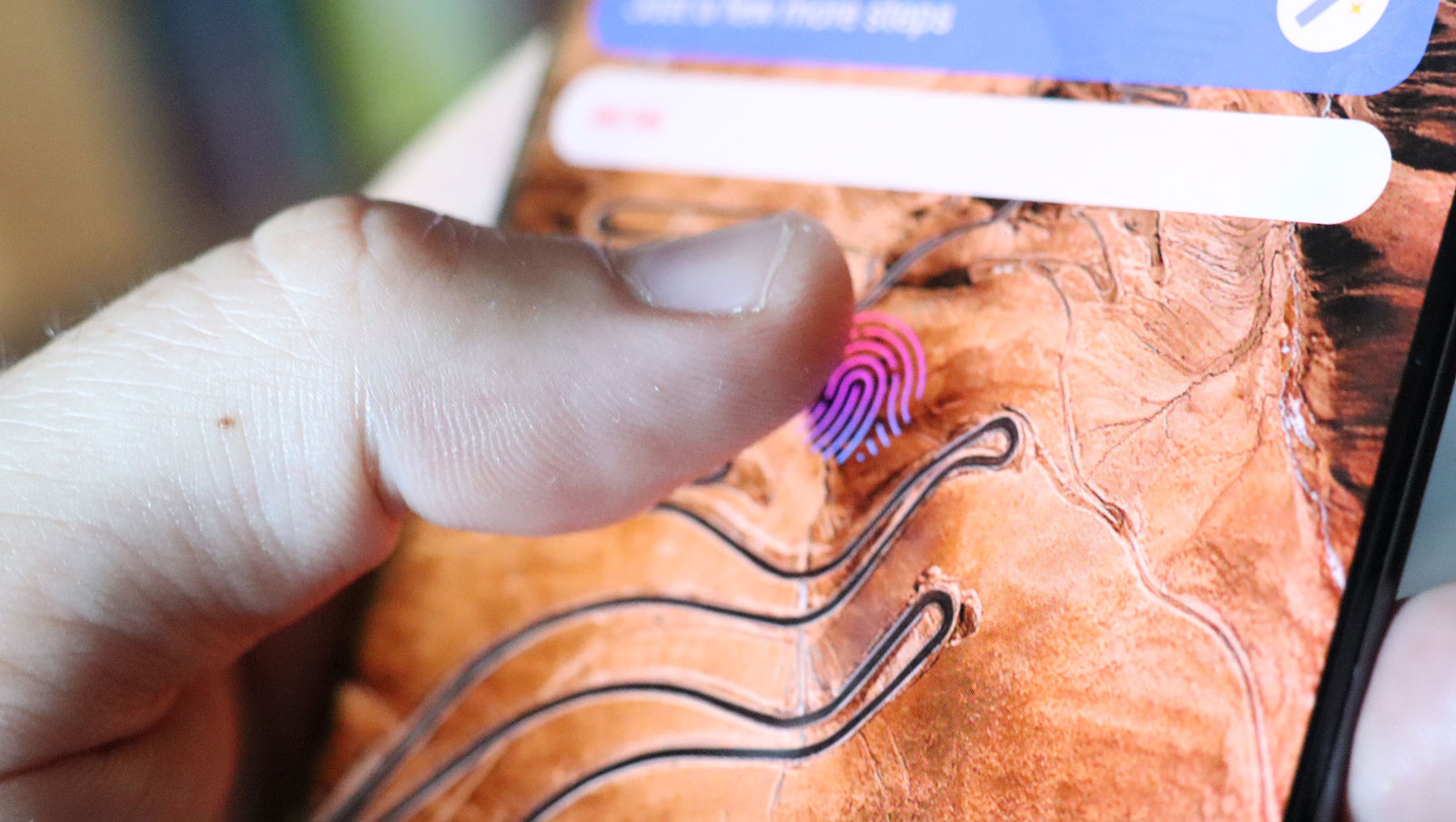
Display
The ZTE Axon 30 Ultra 5G has a 6.67-inch AMOLED display, which is large already, but looks even bigger with the waterfall curved sides. The screen’s 20:9 ratio makes the phone feel a bit wider than other flagship phones.
The display’s picture is bright and crisp, capable of showing an alleged 1 billion colors and rendering HDR10+ content. Its Full HD Plus (2400 x 1080) resolution is pretty standard among phones, so it’s not the sharpest screen out there – the Samsung Galaxy S21 Ultra’s Quad HD (3200 x 1440) resolution display has it beat in terms of sheer pixel density.
What the Axon 30 Ultra 5G does have over its contemporaries is a 144Hz refresh rate screen, which makes everything from web browsing to gaming buttery smooth.
In tests playing 4K video, the Axon 30 Ultra 5G’s display produced a picture with stunning clarity, a true testament to its screen’s rich color palette despite the Full HD resolution maximum. In side by side tests with other phones playing the same video, the Axon 30 Ultra 5G’s display tended toward a higher-saturated picture, with colors that were noticeably brighter and richer than other phones, though not too much as to feel unrealistic.
As mentioned above, the display’s waterfall sides look classy, though there are no controls or functionality using the screen’s edges – it’s just for looks. The front-facing camera is located in a punch-hole at the center of the top of the screen, unlike the under-display camera of the Axon 30 Ultra 5G’s predecessor. Curiously, the phone’s more affordable sibling, the Axon 30 Pro, retains this feature.
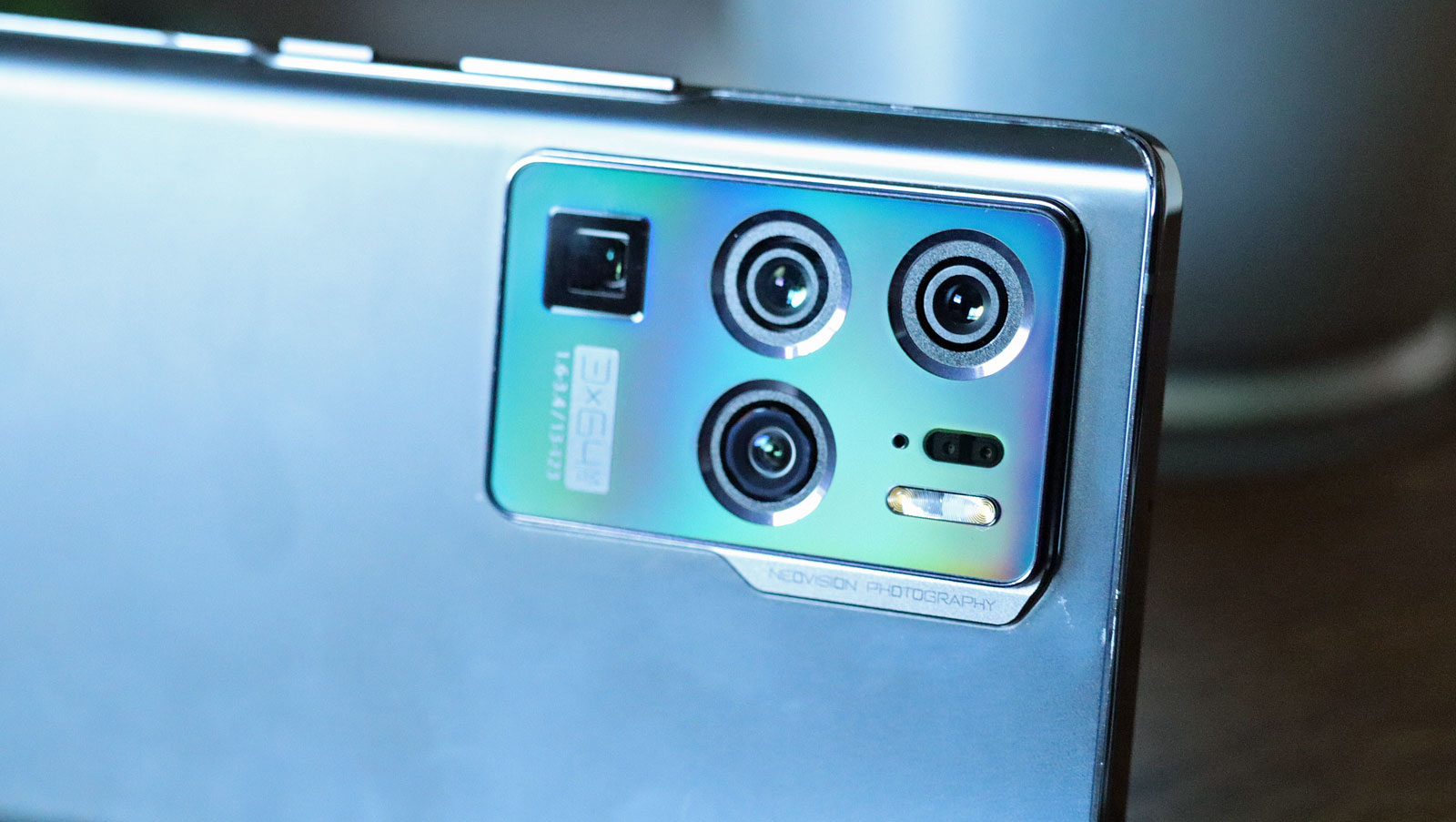
Cameras
The ZTE Axon 30 Ultra 5G is a step backward in terms of its front-facing camera, which is in a punch-hole instead of its predecessor’s under-screen selfie camera – not in terms of capability, but just as a display progression. However, its main suite of cameras is impressive – main, ultra wide, telephoto, and even an intermediate ‘wide’ camera with laser autofocus. As a whole, the system is pretty handy to shoot at various distances, with its 5x optical periscope lens maxing out at an impressive 60x digital zoom.
Practically, that means I could sit in the cheap seats at a baseball stadium a few hundred feet above home plate and read the name on the back of the hitter’s jersey. At the 60x digital zoom maximum, Axon 30 Ultra 5G’s cameras might capture so much smudged color that the picture belongs in the Impressionist section of an art museum, but that meant more conservative zoom levels up to 20x caught good detail, though the clarity washed out closer to 30x.
Otherwise, the phone handled daylight and well-lit environments well, though it struggled with contrasted lighting – for instance, letting dark foregrounds drown out in deep blacks but capturing bright background areas well. That said, the 64MP main camera still captured plenty of detail in bright photos with even lighting.

The photo software processing struggled in some areas but not others. In one instance, a portrait selfie taken by the 16MP front-facing camera rendering impressive depth but left a scattering of bright red dots – which were hats and jerseys featuring the home team’s signature red hue.
At other times, decreasing the zoom level from 60x didn’t actually zoom out the picture until it hit between 30x and 20x, which seemed like a failure to register control inputs.
That said, the actual camera app deserves acclaim, with the most-used settings (timer, resolution ratio, composition grid) tucked away in a sensible drop-down menu. While the English localization isn’t perfect, the interface feels thought out – for example, the multi-camera mode shows small live previews of the various lenses primed to take simultaneous shots inset in the screen’s bottom-right corner, visible but not in the way.
The camera app has the expected assortment of sub-modes for taking different shots like panorama, mono, and macro as well as rarer ones like long exposure and moon for taking shots of our favorite satellite. The camera suite’s rear video capability maxes out at 8K video at 30fps or 4K at 60fps.
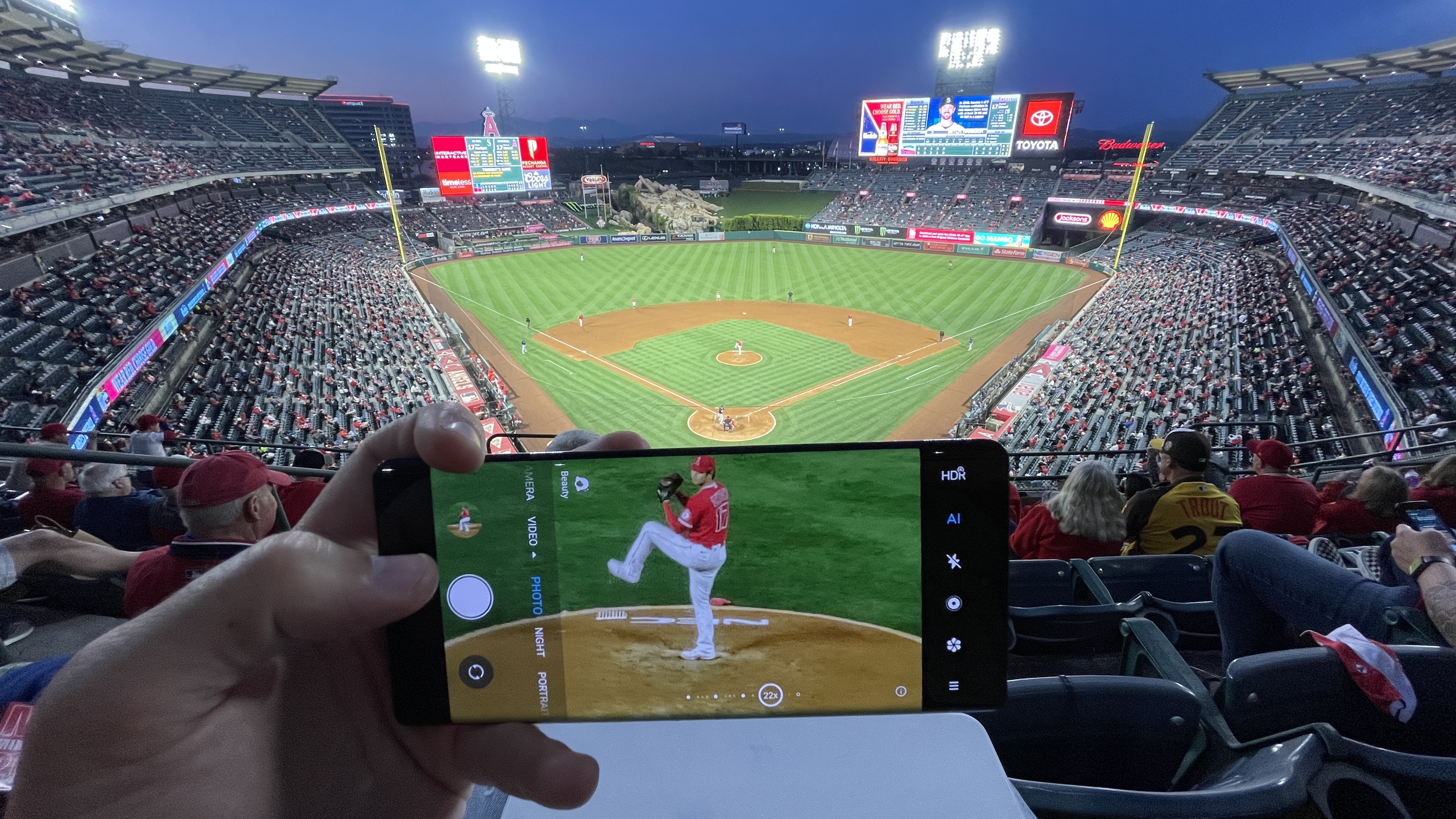
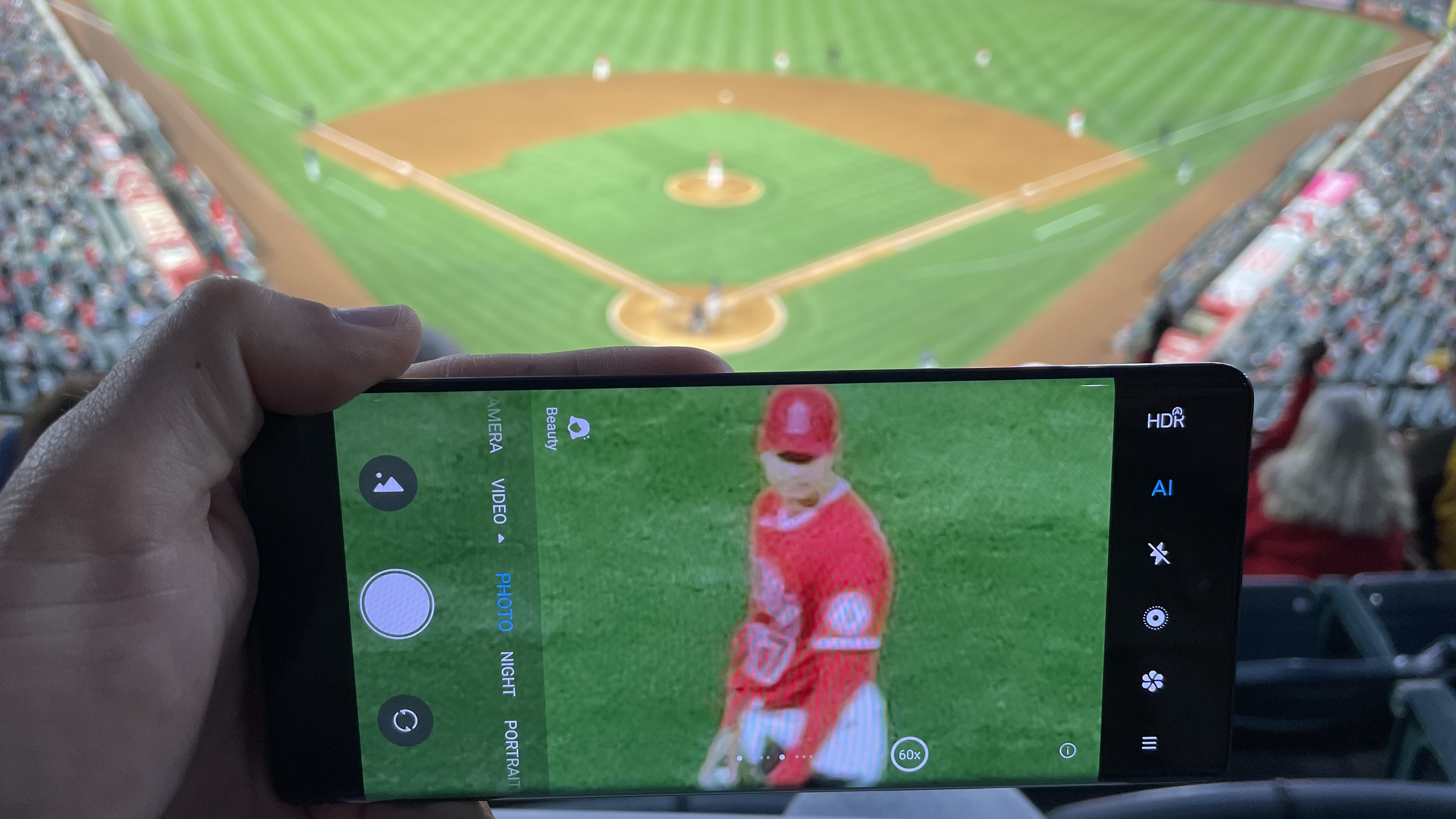
Camera samples
Zoom comparisons: from far out to all the way in (60x)

1x wide lens




Other zoom:
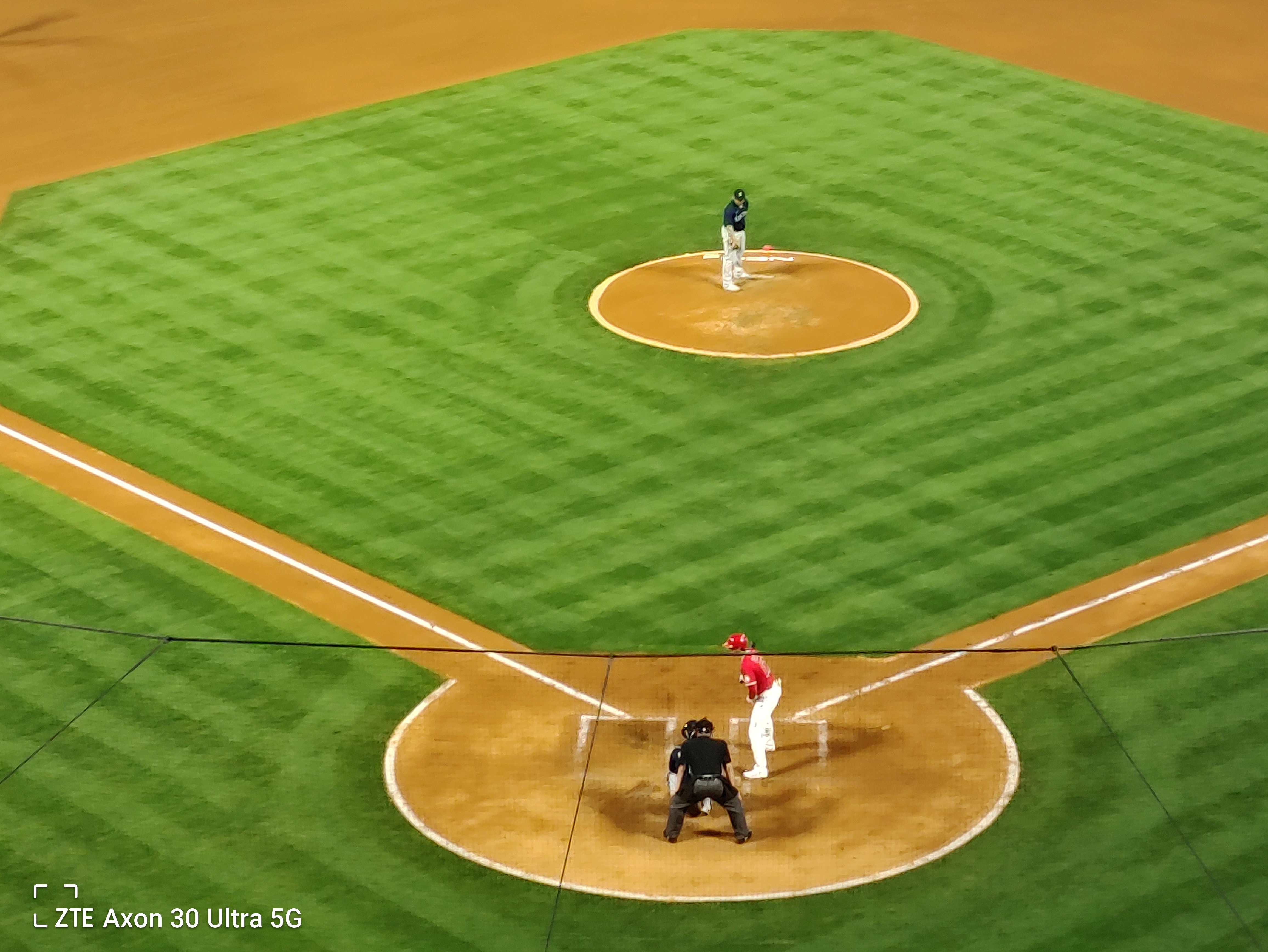




And most importantly, how it shoots food.

Performance
The ZTE Axon 30 Ultra 5G packs top-level smartphone specs, starting with its Snapdragon 888 chipset. The phone starts at 8GB of RAM, up to 16GB; on paper, it’s one of the most powerful smartphones you can buy.
In practice, the phone runs smoothly, with no hang ups or slow down while performing even demanding tasks like watching media or playing intensive games. That leads to a Geekbench 5 score of 3594, a respectable result given the model we tested had the phone’s minimum configuration of 8GB of RAM and just a bit lower than the comparably-specced OnePlus 9’s score of 3654.
The Axon 30 Ultra 5G has Android 11 out of the box, giving users access to universal dark mode and other current Android features. The MyOS overlay is a bit more noticeable than other Android skins, with more pastel colors and larger, squared-off icons than other phones.
The phone’s software isn’t as refined as that on rival flagship phones. We noticed apps delayed or failing to load every so often: the camera app, for instance, failed to fully open from the Lock Screen several times and just displayed a black screen.
It’s a lack of polish that’s fixable with updates, of course, and blemishes the otherwise appealing software choices. The easily-accessible menu options in the aforementioned camera app is an example of intuitive interface design found elsewhere, like in the control center, which has often-used menu options (flashlight, bluetooth, WiFi) in big buttons on the top. The brightness bar is wide and easy to toggle. It might be too oversized for some users’ preferences, but I found the extra accessibility far more appealing than perhaps a more aesthetically attractive button arrangement.
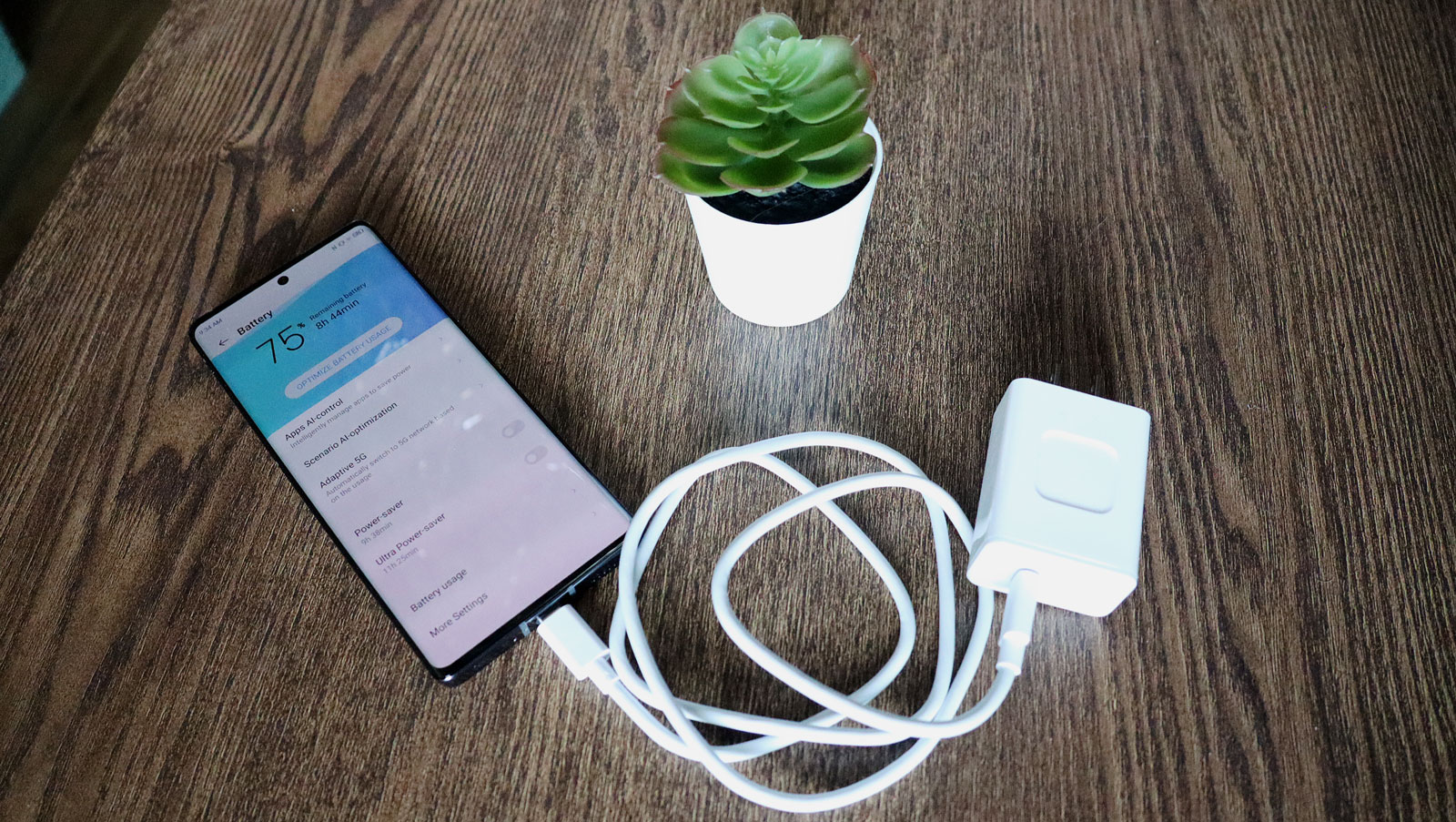
Battery life
The Axon 30 Ultra 5G has a 4,600mAh battery, which is comparable to the capacity in other premium phones – like, say, the 4,800mAh battery in the Samsung Galaxy S21 Plus. There is no wireless charging, nor reverse wireless charging, but there are battery-saving modes to eke out more running time.
All that capacity enables the Axon 30 Ultra 5G to last over a day and well into the second on a full charge. Tasks drain the battery at a rate that's in line with other flagship phones: watching a 30-minute TV episode or playing a 10-minute match of a graphically-intense game (in our case, Call of Duty: Mobile) will sap about 3% of the battery's main capacity.
But that doesn’t matter much given how fast you can recharge the phone using the 65W charger included in the box. In one instance, we juiced up the phone from 3% up to 84% in 30 minutes.
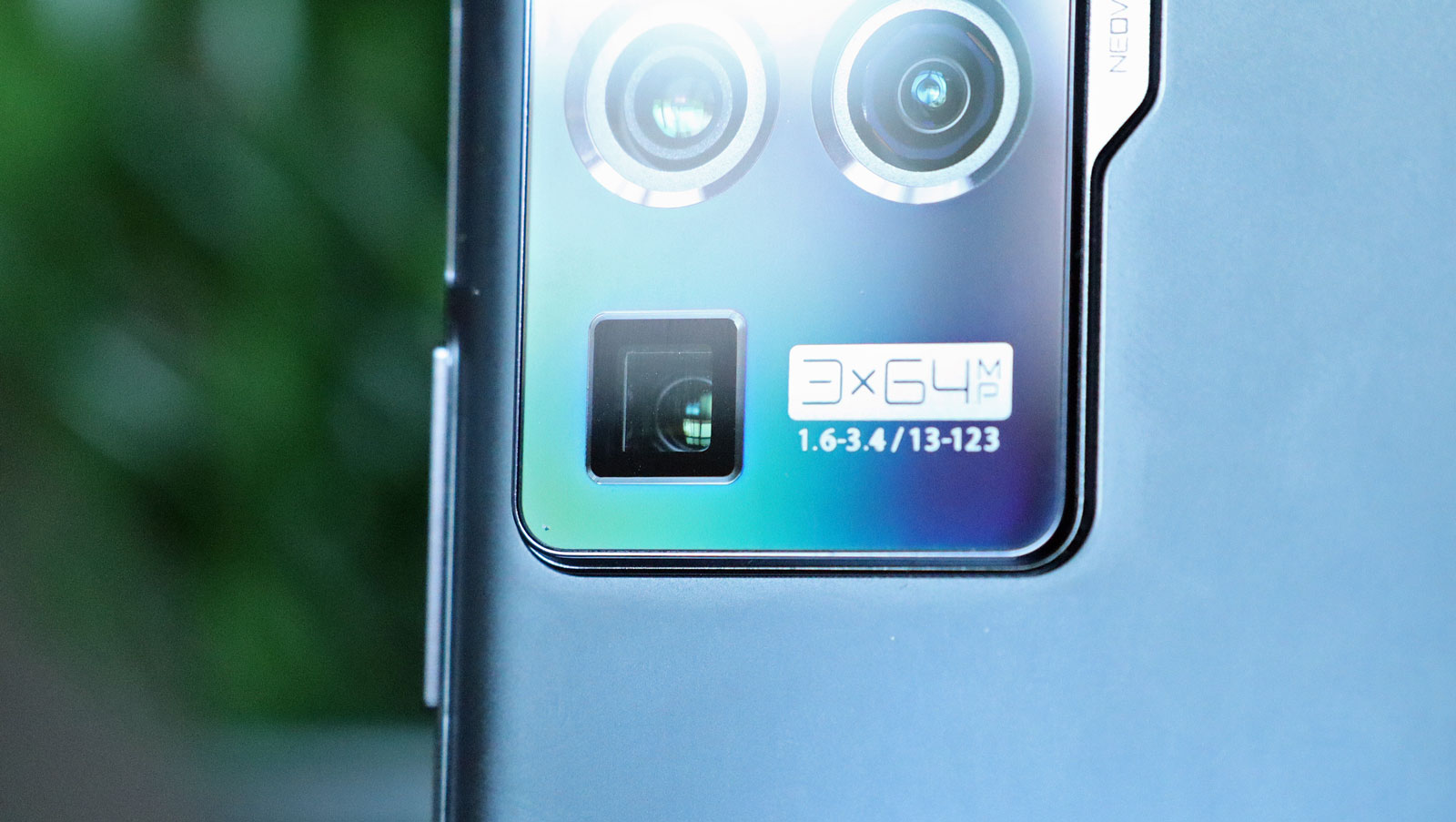
Should I buy it?
Buy it if…
You want a top-specked phone for a lower price
The ZTE Axon 30 Ultra 5G has some of the best specs among top-tier flagship phones, and yet, it’s priced at or below the price of other premium Android phones.
You want great zoom cameras
The ZTE Axon 30 Ultra 5G has very little competition for telephoto cameras in today’s phones market, and even other high-zoom camera handsets like the Samsung Galaxy S21 Ultra are priced notably higher.
You want a great media-watching device
The ZTE Axon 30 Ultra 5G’s large 6.67-inch display shows pristine visuals, and the single speaker belts room-filling, even sound, making the device great for watching shows or movies.
Don’t buy it if…
You want an affordable flagship
The ZTE Axon 30 Ultra 5G isn’t the most expensive flagship phone out there, but it’s not the best value, either – if you want top specs at a lower price, try the OnePlus 9.
You want a smaller flagship
It’s possible that you aren’t someone who likes big phones – and the thin edge makes the Axon 30 Ultra 5G harder to hold. If you want a smaller flagship, try the iPhone 12 mini or Asus Zenfone 8.
You want the absolute best cameras
The ZTE Axon 30 5G’s cameras are impressive, but the software doesn’t produce quite the best photos – try the Samsung Galaxy S21 Ultra for our top camera phone pick.
First reviewed: June 2021

David is now a mobile reporter at Cnet. Formerly Mobile Editor, US for TechRadar, he covered phones, tablets, and wearables. He still thinks the iPhone 4 is the best-looking smartphone ever made. He's most interested in technology, gaming and culture – and where they overlap and change our lives. His current beat explores how our on-the-go existence is affected by new gadgets, carrier coverage expansions, and corporate strategy shifts.
